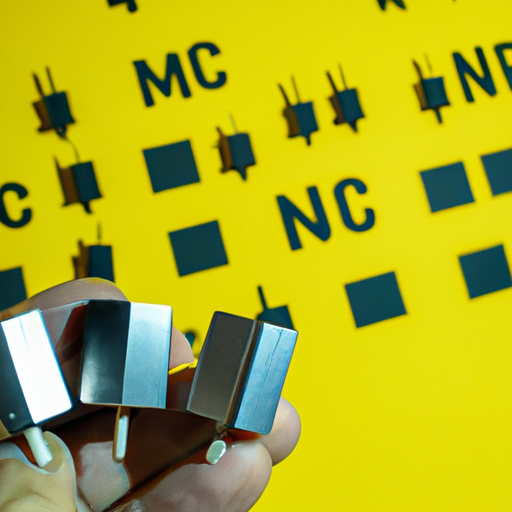Application Development in Trimmers and Variable Capacitors for MM74HC393N: Key Technologies and Success Stories
Application development involving trimmers and variable capacitors, particularly in conjunction with integrated circuits like the MM74HC393N (a dual 4-bit binary ripple counter), presents a fascinating intersection of analog and digital technologies. Below is an overview of key technologies and notable success stories in this area.
Key Technologies
| 1. Trimmer Potentiometers | |
| 2. Variable Capacitors | |
| 3. MM74HC393N | |
| 1. RF Signal Generators | |
| 2. Timing Circuits in Consumer Electronics | |
| 3. Educational Kits | |
| 4. Custom Oscillator Designs | |
Success Stories
Conclusion

The integration of trimmers and variable capacitors with the MM74HC393N has led to innovative solutions across various fields, including telecommunications, consumer electronics, and education. The ability to adjust parameters in real-time enhances the functionality and adaptability of electronic circuits, making them more effective for specific applications. As technology continues to evolve, the combination of these components will likely lead to even more advanced and versatile applications, driving further innovation in electronic design and development.
Application Development in Trimmers and Variable Capacitors for MM74HC393N: Key Technologies and Success Stories
Application development involving trimmers and variable capacitors, particularly in conjunction with integrated circuits like the MM74HC393N (a dual 4-bit binary ripple counter), presents a fascinating intersection of analog and digital technologies. Below is an overview of key technologies and notable success stories in this area.
Key Technologies
| 1. Trimmer Potentiometers | |
| 2. Variable Capacitors | |
| 3. MM74HC393N | |
| 1. RF Signal Generators | |
| 2. Timing Circuits in Consumer Electronics | |
| 3. Educational Kits | |
| 4. Custom Oscillator Designs | |
Success Stories
Conclusion

The integration of trimmers and variable capacitors with the MM74HC393N has led to innovative solutions across various fields, including telecommunications, consumer electronics, and education. The ability to adjust parameters in real-time enhances the functionality and adaptability of electronic circuits, making them more effective for specific applications. As technology continues to evolve, the combination of these components will likely lead to even more advanced and versatile applications, driving further innovation in electronic design and development.